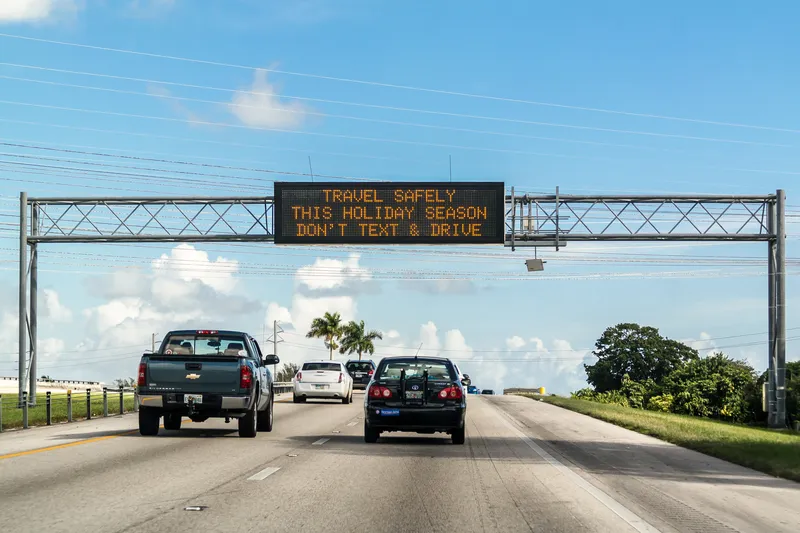U-blox and Rohde & Schwarz, a leading supplier of test and measurement equipment, have successfully concluded tests of u-blox’ Leon GSM modem for eCall / ERA Glonass readiness.
April 18, 2012
Read time: 2 mins
RSS602 U-Blox and Rohde & Schwarz, a leading supplier of test and measurement equipment, have successfully concluded tests of u-blox’ Leon GSM modem for eCall / ERA Glonass readiness.
eCall and ERA Glonass, planned for initial implementation in 2014, capitalise on GSM and GPS technologies for vehicle emergency response service. The projects are independently led by the1690 European Commission and the Russian government to provide rapid assistance to motorists involved in a collision anywhere in the 1816 European Union and Russia. The services are backed by numerous car, truck and bus manufacturers and the 4240 European Automobile Manufacturers Association (ACEA).
"The extremely positive results of the tests conducted by Rohde & Schwarz validated Leon’s in-band modem capabilities, a crucial requirement to support vehicle-mounted eCall / ERA Glonass equipment,” said Thomas Nigg, VP product marketing at u-blox.
"To test Leon, we implemented a comprehensive in-band modem test environment based on the Radio Communication Tester R&S CMU200, and a PC running a Public Safety Answering Point (PSAP) simulator (R&S CMU-K94) according to TS 26.268. The results were 100 per cent convincing,” said Markus Hendeli, product manager for application testing at Rohde & Schwarz.
The core functionality of eCall / ERA Glonass requires an embedded computer that continuously monitors crash sensors and GPS receiver in order to initiate an automated data and voice call via a dedicated GSM modem in case of an emergency condition. A key requirement for eCall is that both data and voice call must utilise the same physical voice channel because SMS and GPRS do not provide the necessary service priority or availability.
eCall and ERA Glonass, planned for initial implementation in 2014, capitalise on GSM and GPS technologies for vehicle emergency response service. The projects are independently led by the
"The extremely positive results of the tests conducted by Rohde & Schwarz validated Leon’s in-band modem capabilities, a crucial requirement to support vehicle-mounted eCall / ERA Glonass equipment,” said Thomas Nigg, VP product marketing at u-blox.
"To test Leon, we implemented a comprehensive in-band modem test environment based on the Radio Communication Tester R&S CMU200, and a PC running a Public Safety Answering Point (PSAP) simulator (R&S CMU-K94) according to TS 26.268. The results were 100 per cent convincing,” said Markus Hendeli, product manager for application testing at Rohde & Schwarz.
The core functionality of eCall / ERA Glonass requires an embedded computer that continuously monitors crash sensors and GPS receiver in order to initiate an automated data and voice call via a dedicated GSM modem in case of an emergency condition. A key requirement for eCall is that both data and voice call must utilise the same physical voice channel because SMS and GPRS do not provide the necessary service priority or availability.









